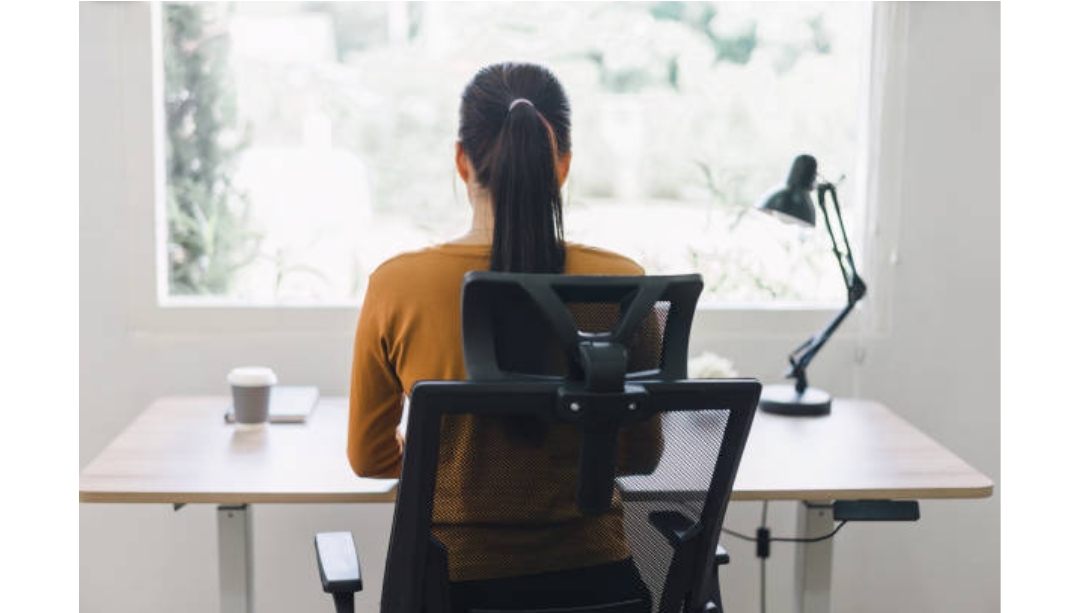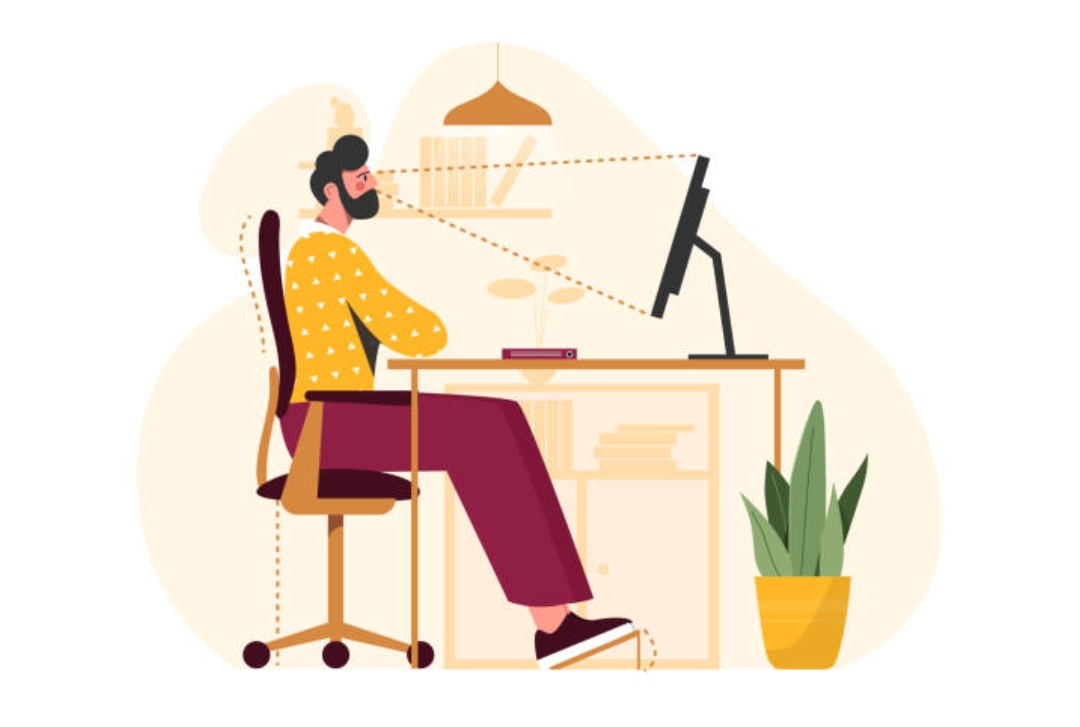You’ve likely seen it splashed across product labels—“ergonomic office chair”, “ergonomic keyboard”, “ergonomically designed handle”. It’s become a buzzword, a stamp of comfort and modern sensibility. But stop for a moment and ask: what is ergonomic mean?
Ergonomics at a Glance: A Human-Centred Philosophy
Ergonomics is the science of tailoring products and systems to the humans who use them. Rather than forcing individuals to adapt to poorly designed tools or workspaces, ergonomic design asks the question: How can this better fit the user?
Originating from the Greek words ergon (work) and nomos (laws), ergonomics quite literally means the laws of work. However, its applications have far transcended the workplace. Today, it influences everything from the angle of your office chair’s backrest to the curve of your toothbrush handle.
While the term may evoke images of adjustable chairs and standing desks, it also encompasses broader principles—reducing strain, preventing injury, increasing comfort, and ultimately harmonising the relationship between person and product.
A Modern Necessity, Not a Luxury
In an age where screen time dominates our waking hours and sedentary work has become the norm, ergonomics is no longer a nice-to-have—it’s essential. Chronic back pain, repetitive strain injuries, and carpal tunnel syndrome—these are the silent plagues of the modern lifestyle, and they often stem from neglecting ergonomics.
Consider your typical day: You wake up and grab your phone. The device slips easily into your hand—not by accident, but by design. You sit at your desk, and if you’re lucky, your chair supports your lumbar spine just right. Your keyboard allows your wrists to rest in a neutral position, and your monitor is at eye level, reducing neck tension.
Each of these micro-experiences is either enhanced or hindered by ergonomic principles—or the lack thereof.
Breaking It Down: What Makes a Product Ergonomic?
To truly understand what “ergonomic” means in a product context, it helps to look at its core elements. Not every product labelled as ergonomic genuinely qualifies. Here’s what separates the authentic from the merely marketable:
- Adaptability to the User
True ergonomic products adapt to your body—not the other way around. Adjustable seat height, tilt angles, armrest widths, and desk elevations are key examples. Ergonomic design acknowledges that people aren’t one-size-fits-all. - Support for Natural Postures
An ergonomic object promotes healthy positioning. Chairs support the spine’s natural S-curve. Tools keep your wrist and hand aligned. A truly ergonomic layout allows movement without awkward contortions or pressure points. - Ease of Use and Reduced Fatigue
Ergonomic items minimise the effort needed to complete a task. Whether it’s a lightweight vacuum cleaner that turns with ease or a mouse that fits your palm like a glove, the goal is to reduce unnecessary strain and improve efficiency. - Sustainability of Comfort
It’s not just about feeling good for 10 minutes. Ergonomics focuses on lasting comfort, especially for tasks that involve repetition or duration. If you’re sitting, typing, or standing for hours, the design should accommodate prolonged use without causing discomfort.
Why Ergonomics Matters for Businesses
For companies, embracing ergonomic design isn’t simply about employee perks—it’s a strategic investment. A workplace infused with ergonomic furniture and setups can lead to:
- Higher Productivity
Comfortable employees are focused employees. If you’re not distracted by back pain or awkward posture, you can concentrate better and accomplish more. - Fewer Injuries
Ergonomics helps prevent repetitive motion injuries and musculoskeletal disorders—common causes of absenteeism and workers’ compensation claims. - Boosted Morale and Retention
A thoughtfully designed workspace sends a message: we value your well-being. Employees who feel physically supported are more likely to remain loyal and satisfied.
Everyday Ergonomics: It’s Not Just for the Office
Think ergonomics is only for corporate settings? Think again.
- In the Kitchen: Knives with contoured handles reduce wrist stress. Cutting boards with elevated edges offer better posture during meal prep.
- While Travelling: Car seats designed with lumbar support lessen fatigue on long drives. Even luggage with swivel wheels prevents shoulder strain.
- At Home: Sofas that cradle the back, remote controls that fit naturally in hand, and pillows that align with your neck’s curvature—these are all ergonomic in spirit.
Everywhere you turn, you’ll find opportunities where ergonomic design makes life smoother, healthier, and more enjoyable.
The Rise of “Ergonomic” as a Lifestyle Statement
In recent years, ergonomics has evolved beyond science into style. Consumers now actively seek out ergonomic features—not just for comfort, but as a badge of modern, mindful living. It’s become synonymous with thoughtful design. And brands are responding.
The minimalist aesthetic of Scandinavian furniture? Heavily ergonomic. The surge in popularity of sit-stand desks? Ergonomic. Even the design of popular running shoes integrates ergonomics for better stride support and shock absorption.
But beware: not all ergonomic claims hold weight. Some products toss around the term loosely, hoping to ride the trend. The best way to tell if something’s truly ergonomic? Look for evidence of testing, certification, or endorsements from professionals such as physiotherapists or occupational health experts.

Ergonomics Is Invisible Excellence
When design is truly ergonomic, you hardly notice it. That’s the beauty. It works quietly in the background, enhancing your life without drawing attention to itself. No need for dramatic bells or whistles—just seamless harmony between you and your environment.



































